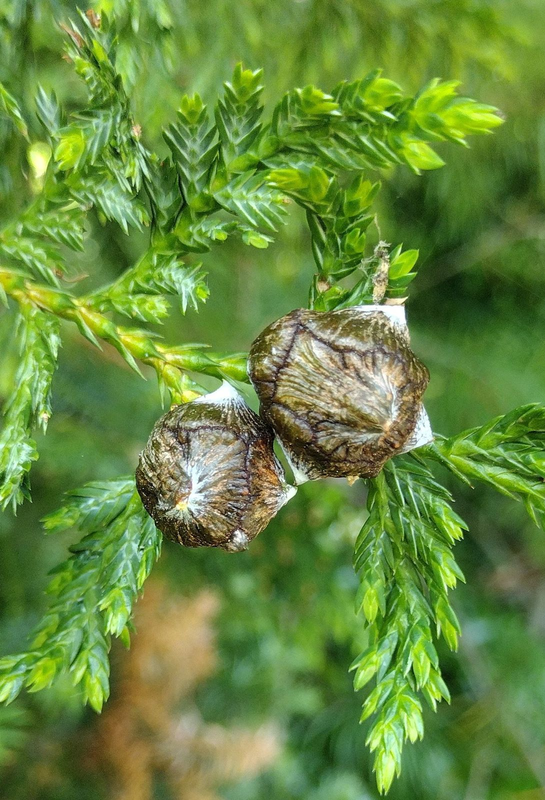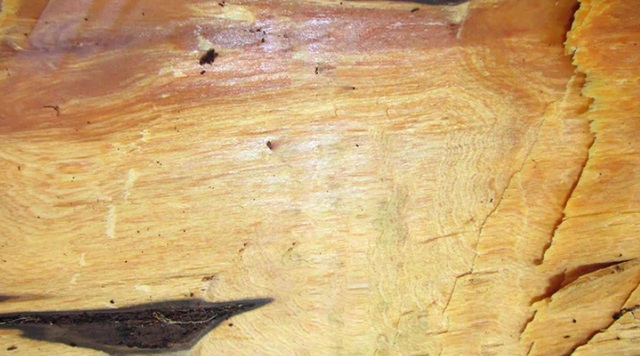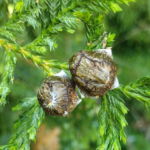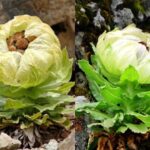Vietnamese Gold Cypress: A Botanical Treasure in the Majestic Mountains
Vietnam boasts an incredibly diverse flora, including a rare species of exceptional biological, economic, and ecological value – the Vietnamese Gold Cypress, or Bách Vàng. Discovered less than three decades ago, this tree has quickly captured the attention of scientists worldwide due to its unique characteristics and alarming conservation status, earning it a place among the rarest trees on the planet.

The first discovery of Bách Vàng in Vietnam occurred in 1999 in the limestone mountains of the Bát Đại Sơn range, Quản Bạ district, Hà Giang province. This breakthrough finding introduced a completely new genus within the cypress family (Cupressaceae), making it scientifically significant for understanding global plant diversity.
Subsequently, additional Bách Vàng trees were found in the highland regions of Cao Bằng and Tuyên Quang provinces. Beyond Vietnam’s borders, only a single individual was discovered in China’s Guangxi province in 2012, highlighting the extremely limited distribution of this species.
The Vietnamese Gold Cypress is a small to medium-sized tree, reaching heights of 10 to 15 meters at maturity. It has an upright trunk with reddish-brown or grayish-brown bark. This slow-growing tree thrives in harsh conditions on steep limestone mountains, where the soil is nutrient-poor and the climate is arid. Its ability to thrive in such environments makes it crucial for soil retention, erosion control, and maintaining sustainable ecosystems in limestone forests.
The wood of the Vietnamese Gold Cypress is highly prized for its distinctive golden-brown color, fine grain, hardness, and natural aromatic properties. These characteristics make it exceptionally valuable for crafting fine furniture and in feng shui practices.

However, due to its high economic value, the Vietnamese Gold Cypress faces a serious threat of extinction. Classified as “Endangered” (EN) by the IUCN (International Union for Conservation of Nature), the species is strictly prohibited from exploitation, transportation, and trade in Vietnam, where it is listed as a Group IA endangered and precious forest plant. The decline in its population is mainly attributed to rampant deforestation, natural disasters, and wildfires, as well as illegal logging driven by its economic value.
In response to this critical situation, Vietnamese authorities and conservation organizations have implemented various measures to protect this precious tree. Surveys, assessments, and demarcation for conservation have been prioritized. Scientists are also conducting research and propagation programs, with encouraging signs of success through seed germination and cutting propagation, offering hope for future population recovery. The restoration and expansion of the Vietnamese Gold Cypress’s habitat hold significance not only for biodiversity conservation but also for Vietnam’s sustainable forest development strategy.



































